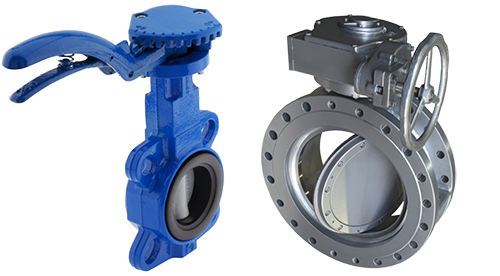Innovative Manufacturing – The Impact of Electric Hoists on Crane Kits Development
Electric hoists have revolutionized the manufacturing and construction industries, significantly impacting the development of crane kits. As the demand for more efficient and versatile lifting solutions increases, electric hoists have emerged as a key technology that enhances the functionality and performance of crane systems. Traditional hoists, often relying on manual labor or less efficient mechanisms, have limitations in speed, safety, and precision. Electric hoists, by contrast, provide a seamless and powerful lifting experience that improves overall productivity and reduces the physical strain on workers. One of the primary advantages of electric hoists is their ability to lift heavier loads with greater ease and speed. The integration of electric hoists into crane kits enables manufacturers to develop cranes that can handle higher payloads, thus expanding their application across various sectors, from construction to manufacturing. Electric hoists are designed to operate continuously with minimal downtime, which is crucial in fast-paced environments where time is money. This reliability allows businesses to optimize their operations, streamline workflows, and minimize delays caused by lifting inefficiencies.
Furthermore, the advent of polipsto eléctrico de cadena has led to advancements in control systems and automation. Modern electric hoists often come equipped with sophisticated control interfaces that enhance the operator’s ability to manage loads precisely. This precision is particularly beneficial in sensitive environments, such as in manufacturing facilities where delicate materials need to be lifted without risk of damage. The integration of smart technologies allows operators to monitor loads in real-time, adjusting lifting speeds and angles to ensure optimal safety and efficiency. This capability not only improves productivity but also significantly enhances workplace safety by reducing the risk of accidents associated with lifting operations. Electric hoists have also contributed to the development of compact and lightweight crane kits. Traditional crane systems were often cumbersome and required extensive space for installation and operation. With the design of electric hoists, manufacturers can create crane kits that are more compact and easier to transport. This portability opens up new possibilities for construction projects, particularly in urban areas where space is limited.
Lightweight crane kits equipped with electric hoists can be easily maneuvered and set up, reducing the overall time and cost associated with lifting operations. Additionally, the energy efficiency of electric hoists aligns with the growing emphasis on sustainability in manufacturing. Electric hoists typically consume less energy than their pneumatic or hydraulic counterparts, making them a more environmentally friendly option. As businesses increasingly seek to reduce their carbon footprint, the use of electric hoists in crane kits supports this objective while also lowering operating costs. In conclusion, the impact of electric hoists on crane kits development is profound and multifaceted. By enhancing load capacity, improving precision, and promoting energy efficiency, electric hoists have transformed the landscape of lifting technology. As industries continue to evolve, the integration of electric hoists into crane kits will undoubtedly play a critical role in shaping the future of manufacturing and construction, driving innovation and efficiency in lifting operations.




 Once the plastic bags are formed and sealed, they may undergo additional processing steps depending on their intended use and
Once the plastic bags are formed and sealed, they may undergo additional processing steps depending on their intended use and 
